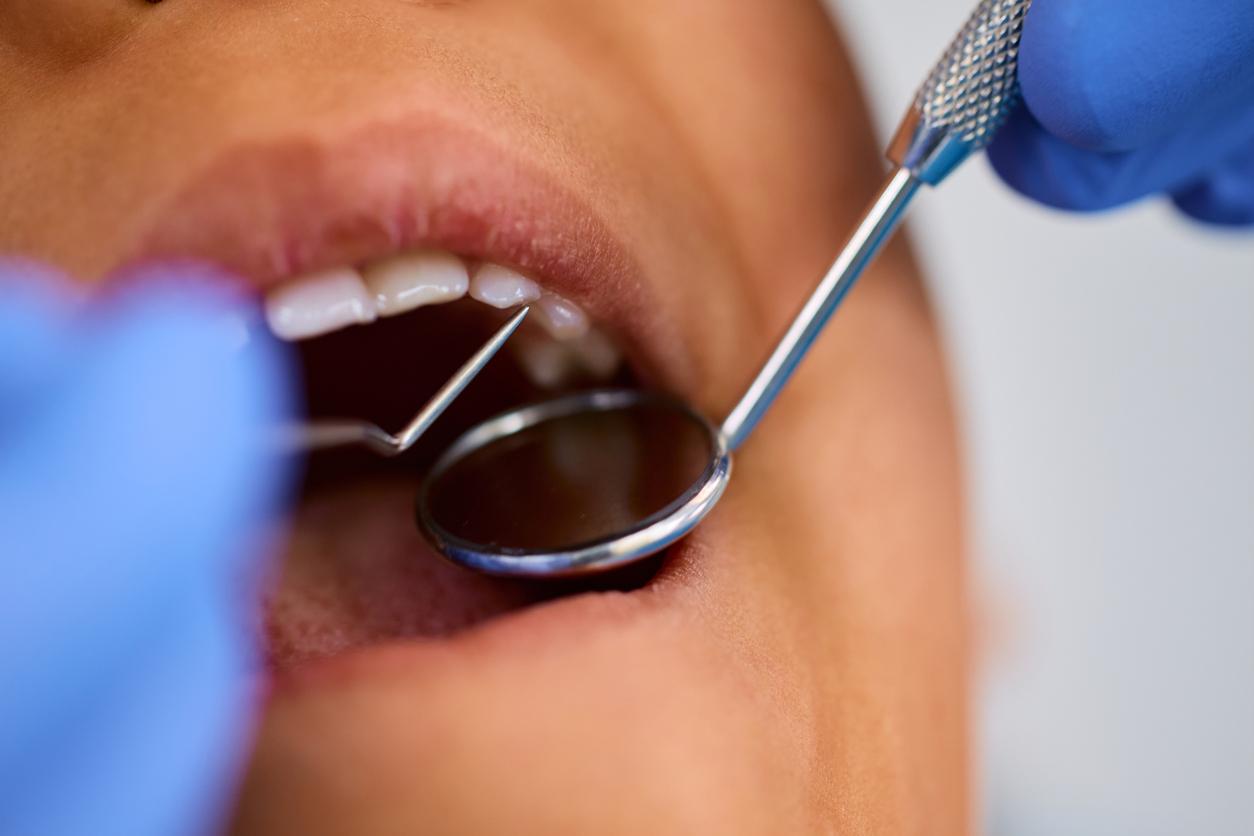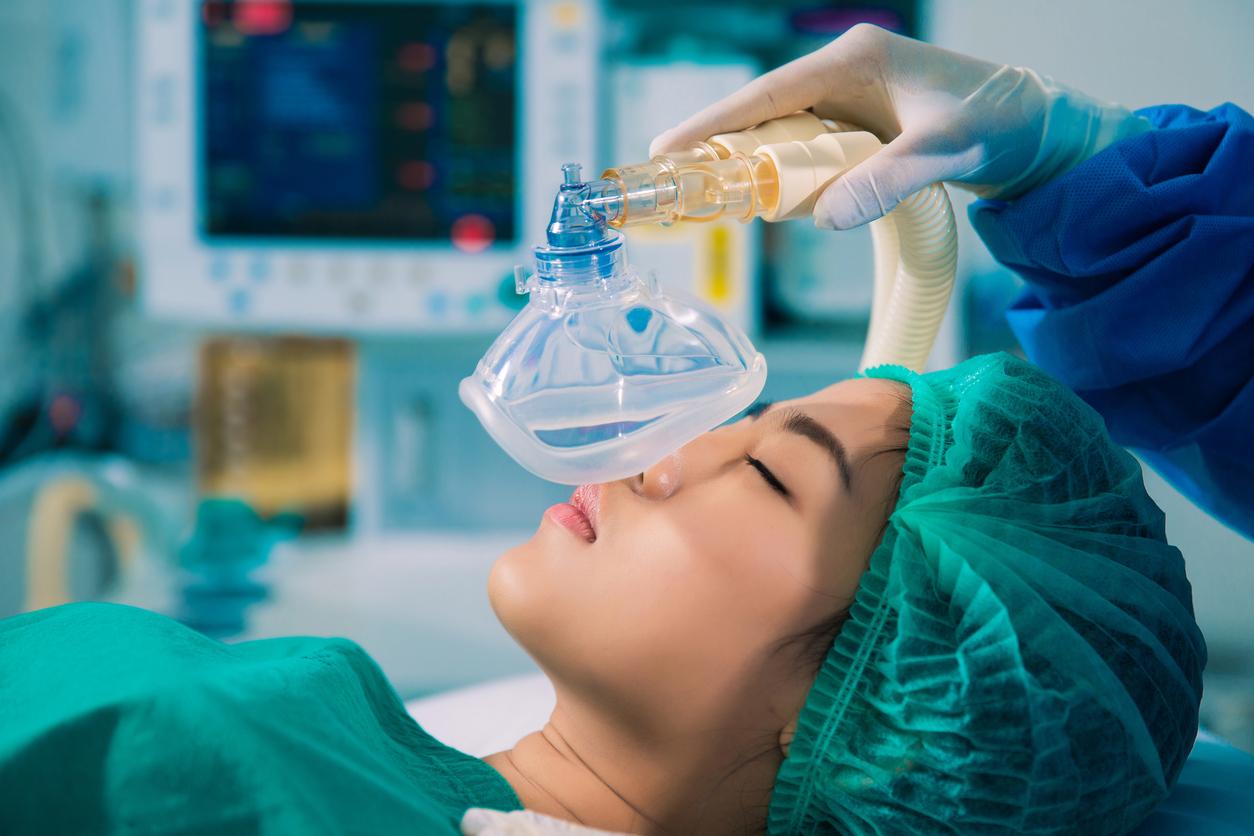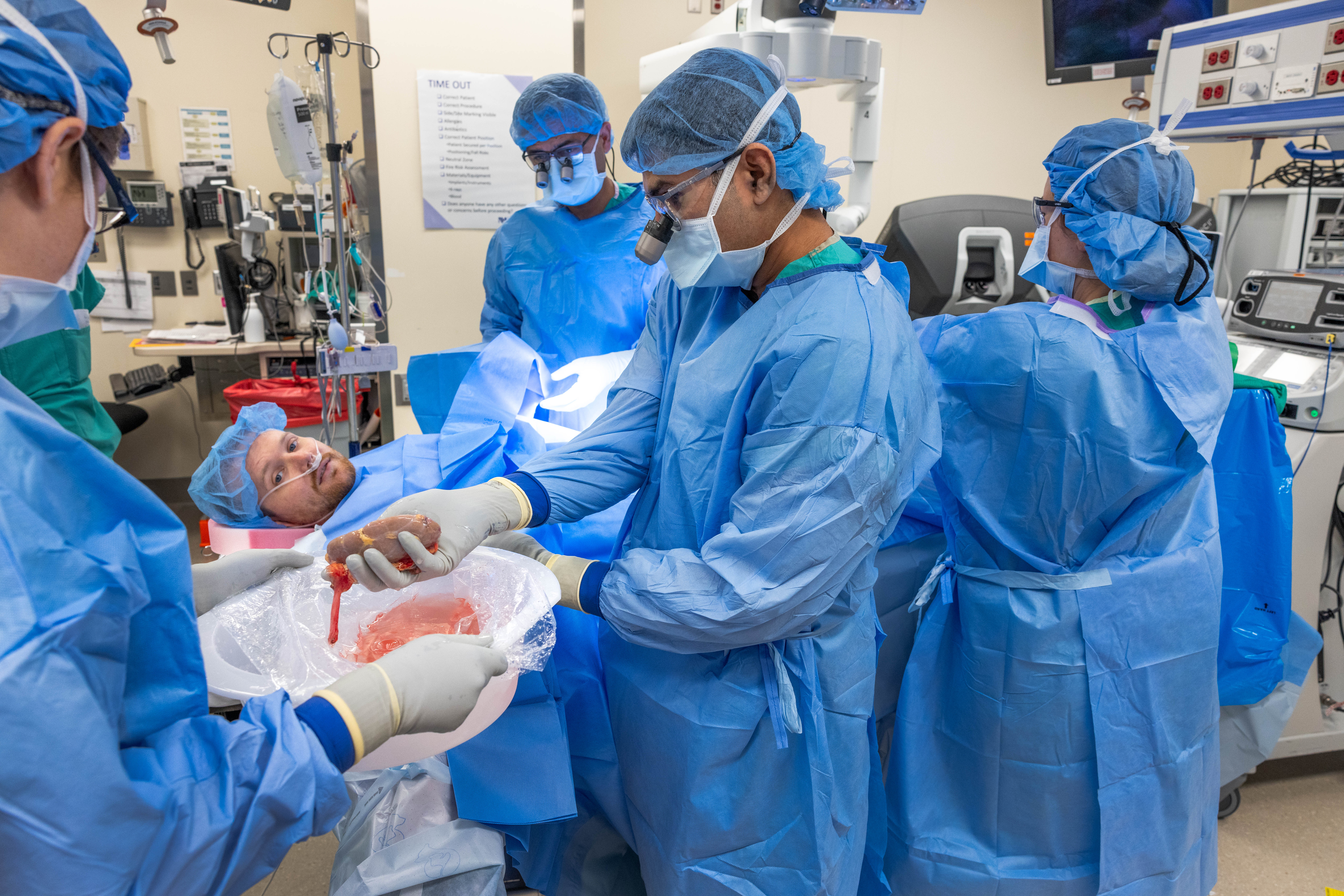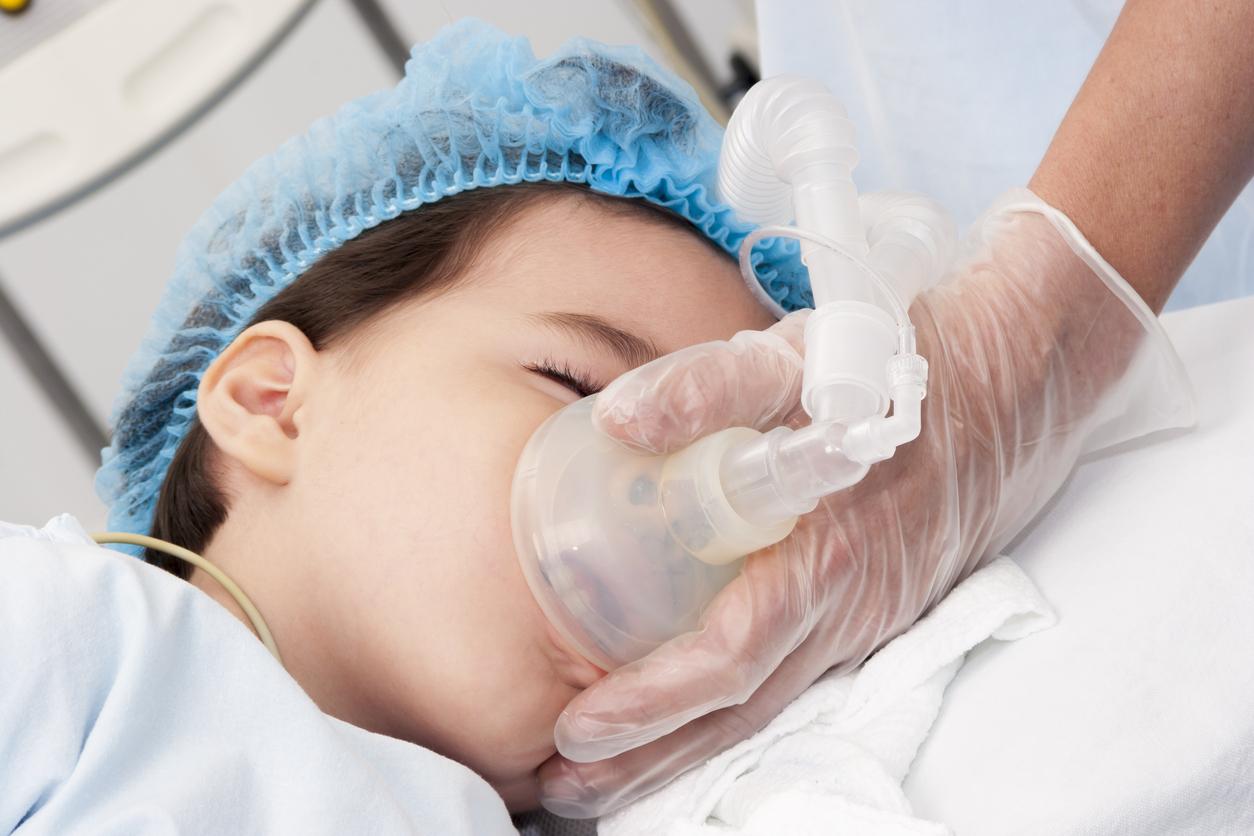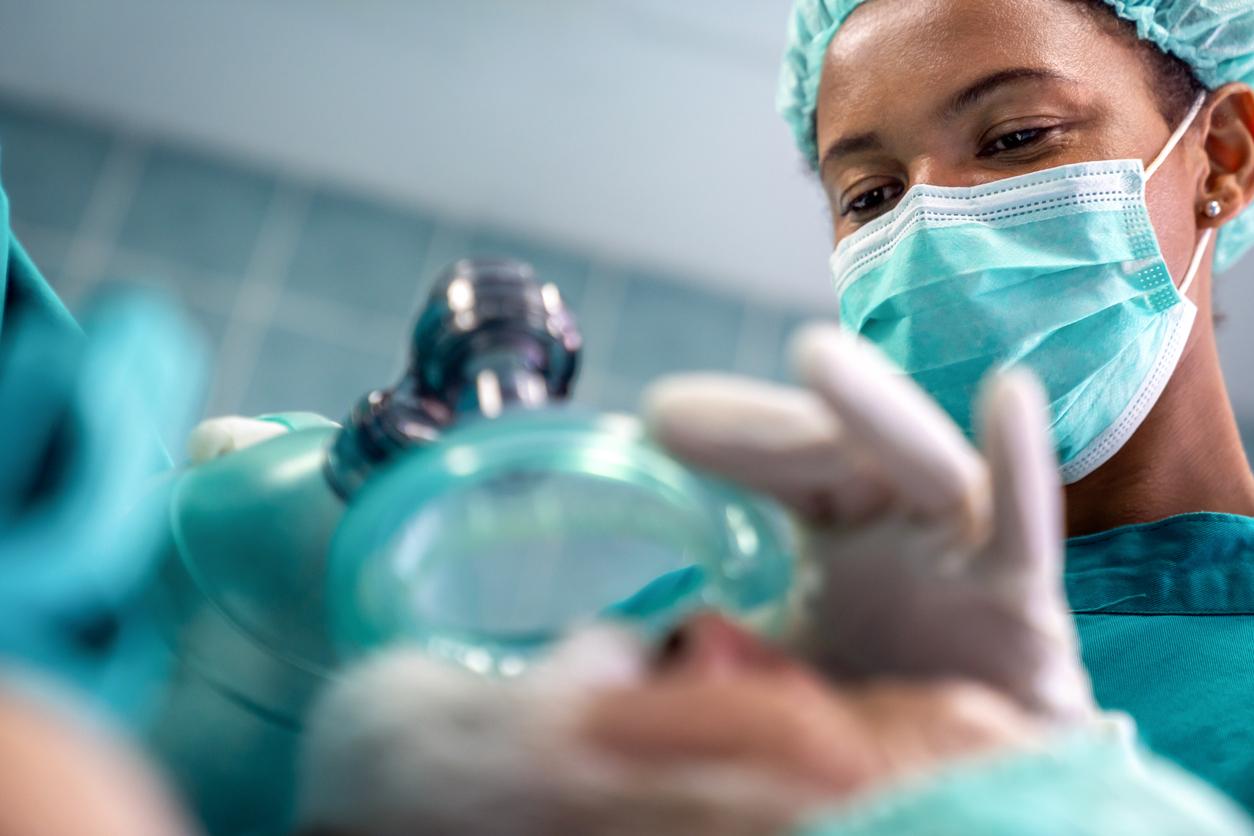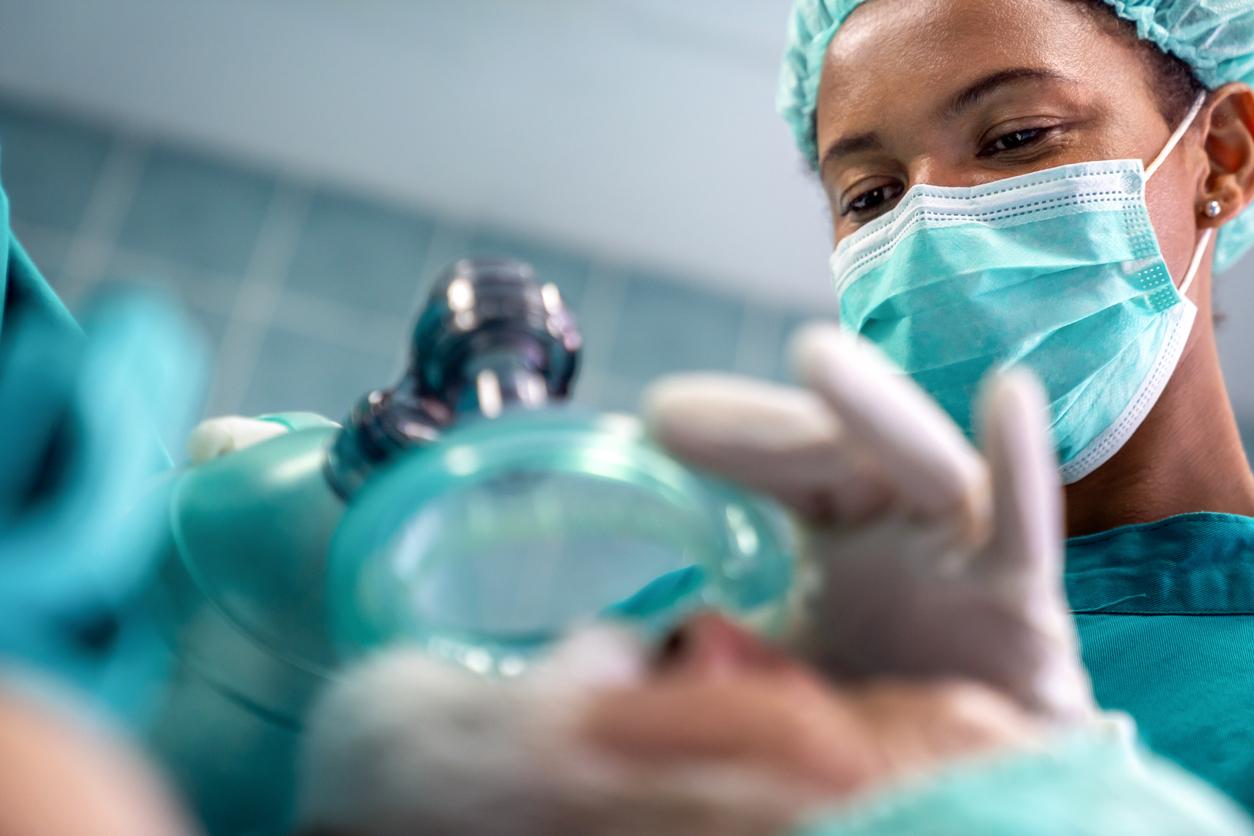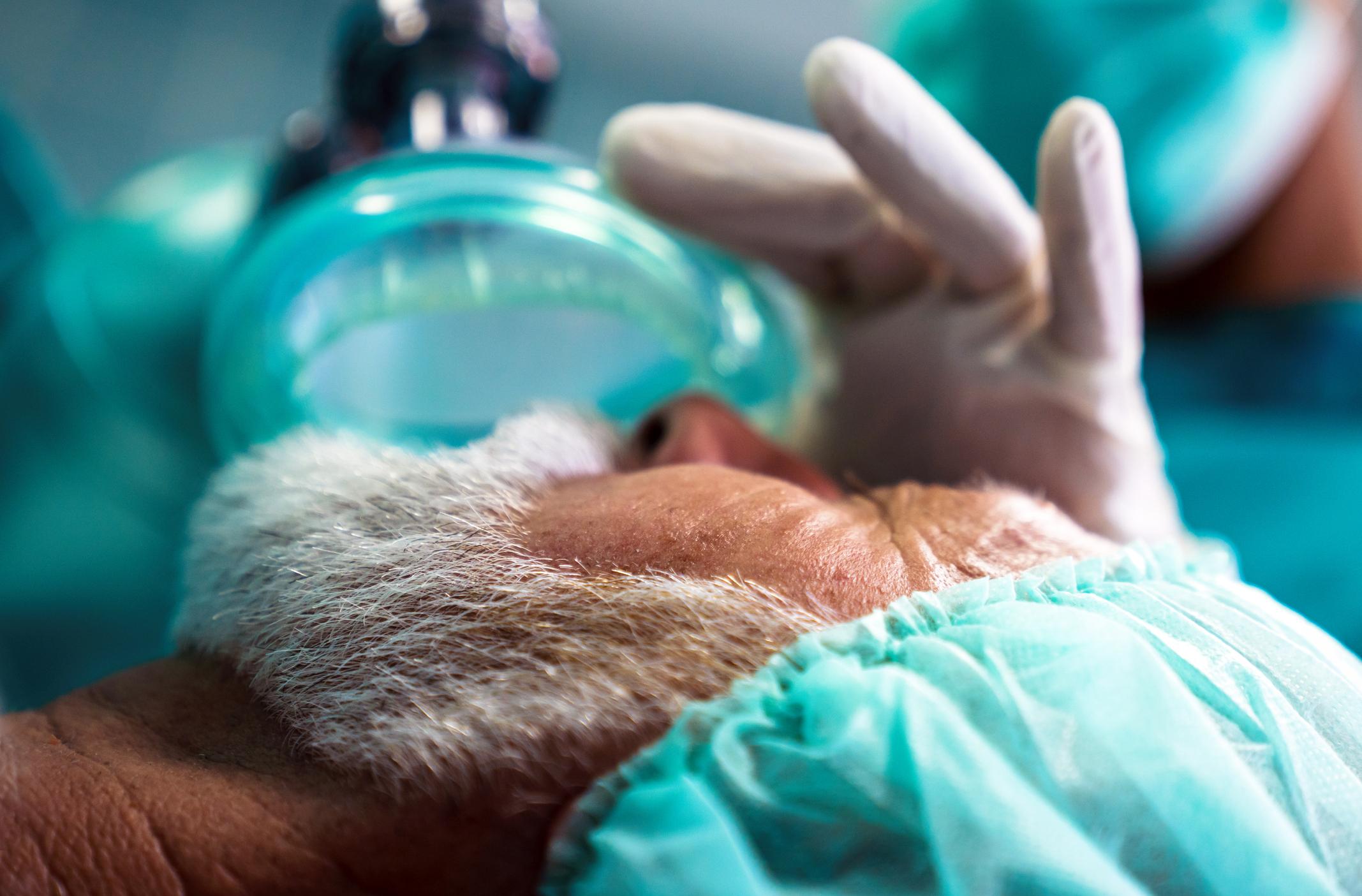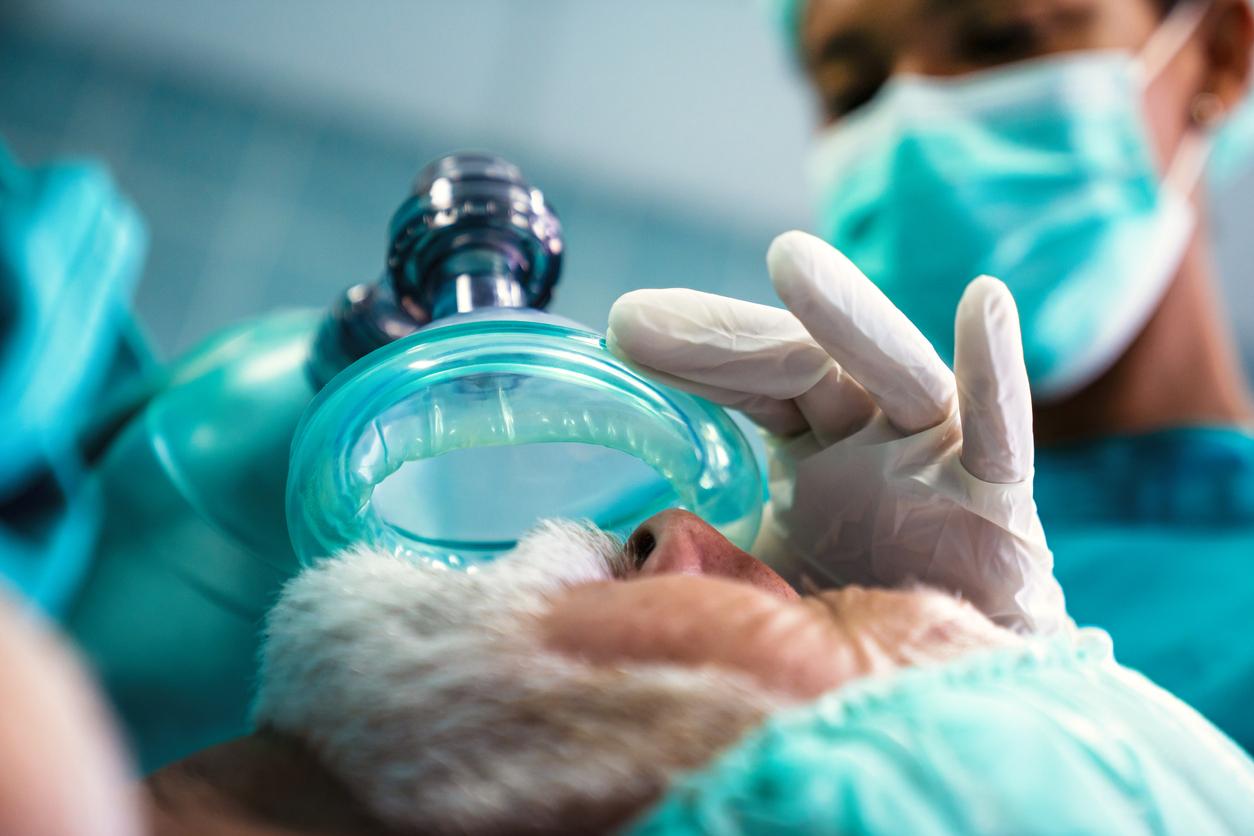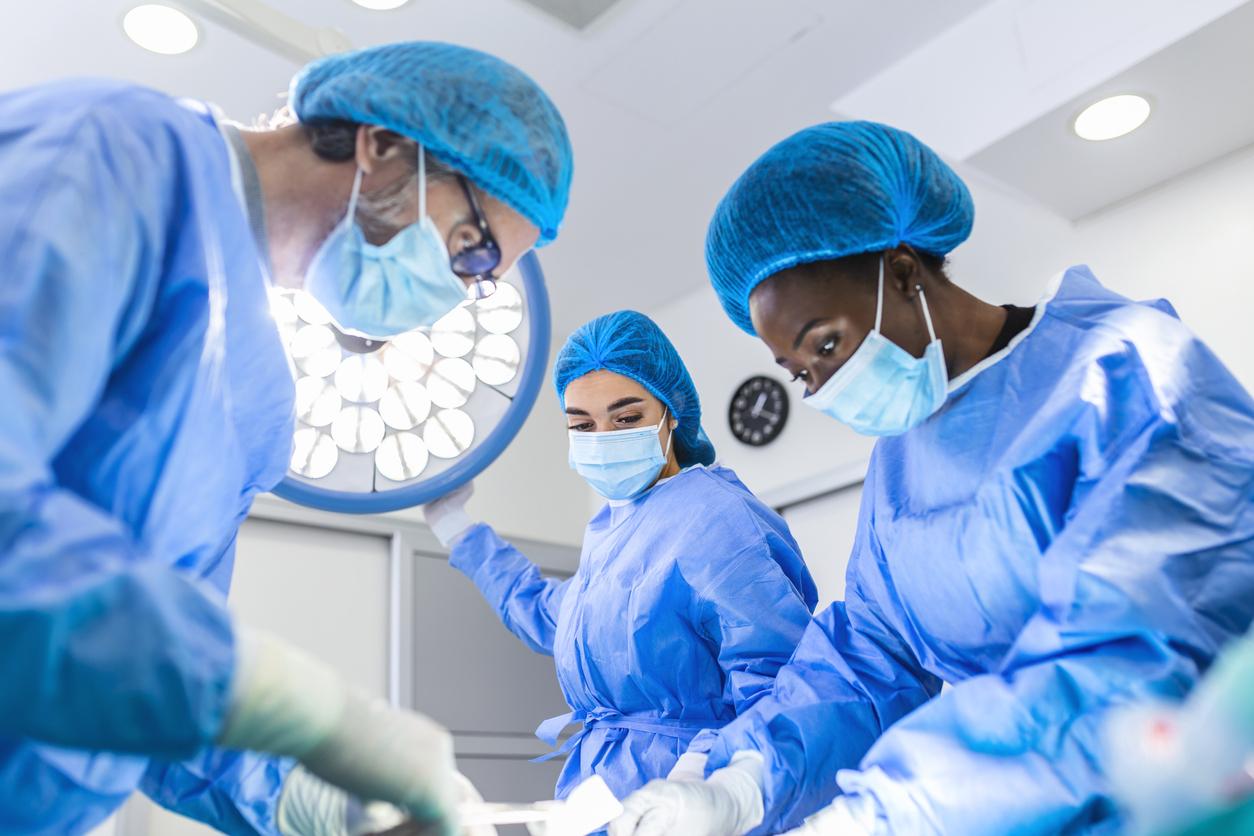In Orthez (Pyrénées-Atlantiques), a pregnant woman died while giving birth under cesarean section. The anesthesiologist admitted to having “a pathological alcohol problem.”

The accident of anesthesia was fatal. During the night of September 26 to 27, at the maternity hospital in Orthez (Pyrénées-Atlantiques), a pregnant woman was the victim of a medical error while she was giving birth by cesarean section. Intubated into the esophagus instead of the respiratory tract, she died on September 30. The maternity hospital pleads human error on the part of the anesthetist, probably under the influence of alcohol at the time of the facts.
“We cannot afford to make mistakes”
It is indeed the anesthesiologist’s state of health that attracts the most attention. When questioned by the police, she recognized a “pathological alcohol problem. In the OR, the team would also have noticed his speech difficulties and reactivity, without taking action.
But this case is far from being representative of the entire profession, objected Dr Yves Rébufat, president of the National Union of Hospital Anesthetists-Resuscitators (SNPHAR), contacted by why actor. The figures confirm this: while 15% of the French population is affected by alcohol dependence, this is only the case for 1% of anesthetists.
Listen to Dr Yves Rébufat, president of SNPHAR: ” This is a problem, especially with responsible professions like ours, because it has consequences for patients. “
Easy access to drugs
At the origin of these addictions, not always related to alcohol, several factors are suggested. The various studies carried out on the subject evoke a “difficult job”, many “constraints” and “stress. But it is above all the easier access to substances used in anesthesia that is of concern. “Highly addictive psychoactive agents (which induce drug addiction, editor’s note) are available to practitioners for their professional use”, underlines a study by the anesthesia-intensive care department of Tenon hospital (Paris), presented at a conference of the French Society of Anesthesia-Reanimation (SFAR) in 2002. “The ease of acquisition and use of these agents poses a particular risk to professionals, doctors and nurses, working in an anesthetic environment, and likely to develop anesthesia. substance addiction. “
The Orthez maternity case also reveals a fundamental problem: the medical monitoring of health professionals. Because occupational medicine in hospitals is not really developed.
Listen to Dr Yves Rébufat : ” Follow-up is important to help these colleagues who have addictions, to help them get out of it or to direct them towards other professional projects. ”
The tools to fight addictions among doctors are just as lacking. Apart from occupational medicine, which struggles to fulfill its functions, only a toll-free number is available: on 0 800 006 962, set up by SFAR. Health professionals suffering from addiction, as well as their colleagues who have noticed an addiction, can access advice on what to do. But the decision is particularly difficult to make, as recognized by Dr. Rébufat.
Listen to Dr Yves Rébufat, president of SNPHAR: ” It’s very difficult because we haven’t been medically trained, because he’s our colleague and we don’t want to harm him … “
As for prevention, it is the big nothing. It is not for lack of ideas. Already in 2002, the study presented at the SFAR congress suggested the implementation of an evaluation from the internship. “We could thus suggest that, from the start of their internship, while a professional reorientation is more easily conceivable, interns in anesthesia have a systematic interview with their teaching coordinator, to assess their adaptation to the environment and the difficulties that arise. could possibly result from it ”, then specified Dr. Francis Bonnet.
.





